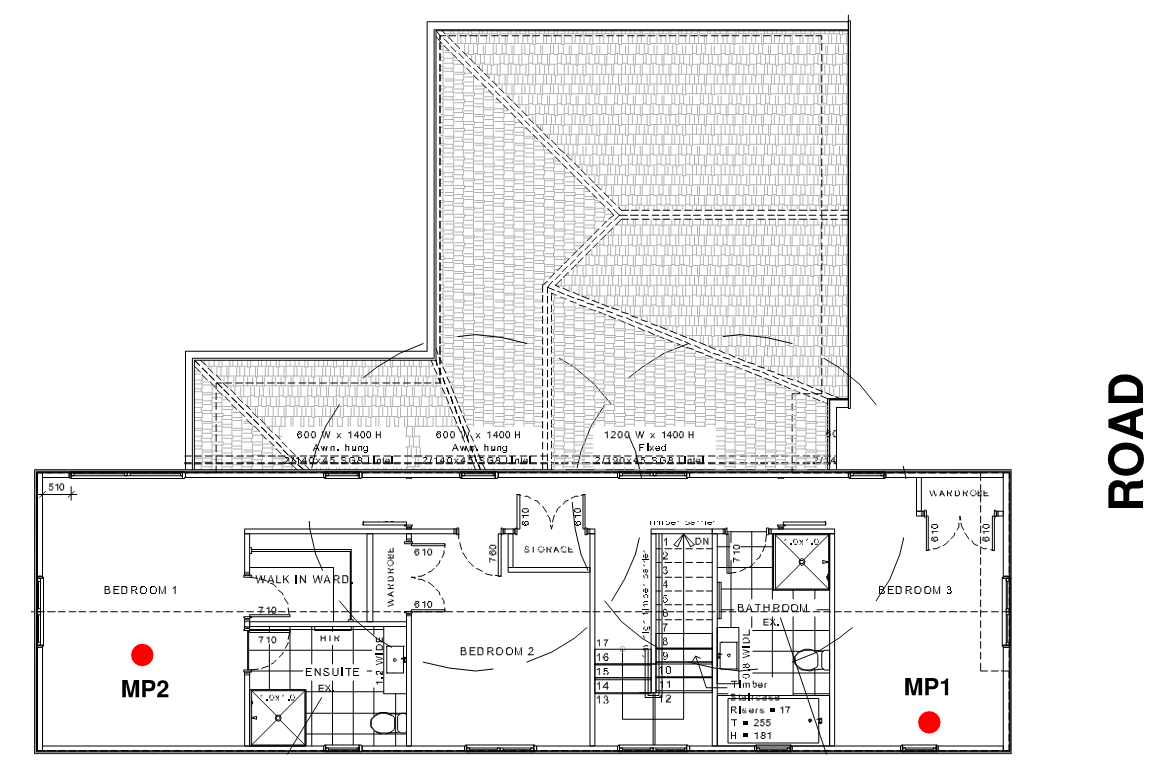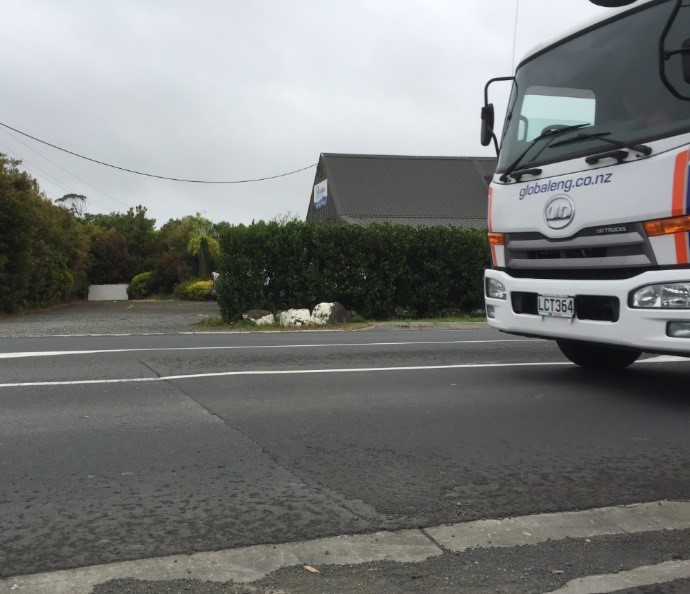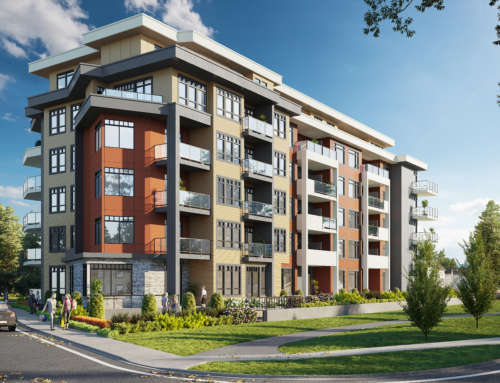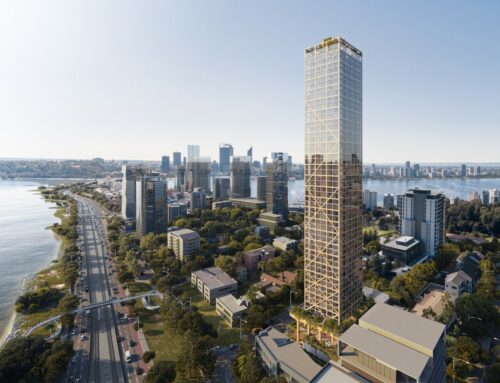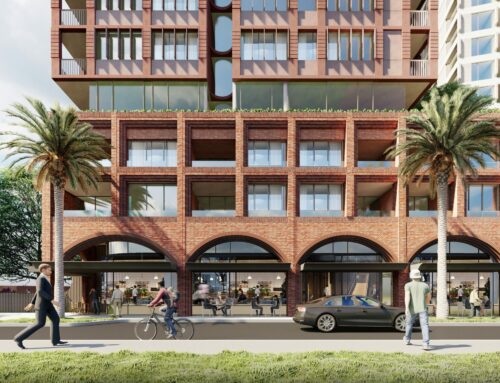The NDY acoustic team has been working hard in anticipating, identifying and eliminating or controlling future vibration problems in new buildings.
It is a fact that the Auckland housing market has been growing up fast during the last 7 years. In October 2019, the Auckland Council issued the biggest number of Building Code Compliance Certificates for new dwellings in recent years (source: Auckland Council Research and Evaluation Unit, RIMU). Although this growth is a good indicator of the healthy economic development of NZ, from an acoustic point of view, there are some weak points in the legislation. For example, currently neither the Auckland Unitary Plan (AUP) nor other NZ mandatory standards control the vibration generated by road or rail traffic affecting new buildings.
During the first trimester of 2019, NDY’s Auckland based acoustic team was involved in the investigation and assessment of road traffic induced vibration in a high end new dwelling constructed in Whenuapai, north of Auckland. Even though the new dwelling met all the mandatory Council and NZ acoustic criteria, the building presented a big and not anticipated vibration issue, noting that an acoustic assessment was not required before and during the design stages of the development as there are no mandatory vibration criteria that protect buildings against vibration generated by activities other than construction.
The developer contacted and engaged NDY to help identify and assess the vibration issue reported by the home owner. The subject building is a new 2 storey standalone house, located approximately 8 metres from a double way road which has high traffic volumes of heavy vehicles.
Our acoustic engineers visited the site to witness, identify and evaluate the vibration in the building. They also installed vibration loggers to measure vibration levels in two of the bedrooms located in the first level of the building as shown in the below image.
To assess this type of vibration, and due to the lack of local regulation, NDY followed the guidelines given by an international standard – the Norwegian Standard NS 8176.E:2005. This standard is commonly referred to by the NZ Transport Agency when they work on the design of a new or altered state highway.
According to the standard classification of buildings, the evaluated dwelling is considered an existing building and therefore was categorised and evaluated as a Class D receiver, which does not exceed the statistical maximum value for weighted velocity of 0.6 Vw,95 (mm/s).
After two site visits, evaluation of the ground conditions, road surface and several vibration measurements in each room, the results of the assessment were conclusive. The measured vibration levels were over the recommended 0.6 Vw,95 (mm/s) in both bedrooms, which is considered not satisfactory for this type of building. The acoustic engineers identified that the main source of vibration was generated by heavy vehicles driving along the road and passing over small batch present on the road (as seen in the above image).
A report was prepared for the client, providing a summary of our assessment and findings, which was then passed to the local road authority to seek road improvements which could reduce the vibration in the dwelling to acceptable levels according to the international standard. We look forward to the residents enjoying their home when the road improvements are finished.
The acoustic team at NDY has the expertise to assess and provide quality recommendations to our clients in order to identify this type of issue in the early stages of design. A proactive approach to controlling existing and potential future vibration issues in existing and new buildings will not only help improve the quality of building spaces and the life quality of the people residing in them, but can also contribute to improving local and national standards by encouraging the inclusion of guidelines and regulations for road induced vibration in dwellings.


